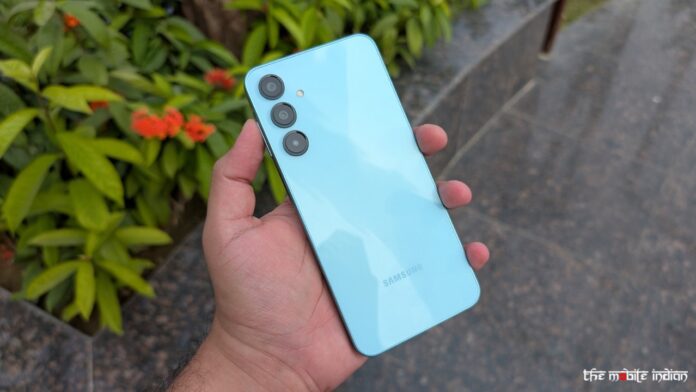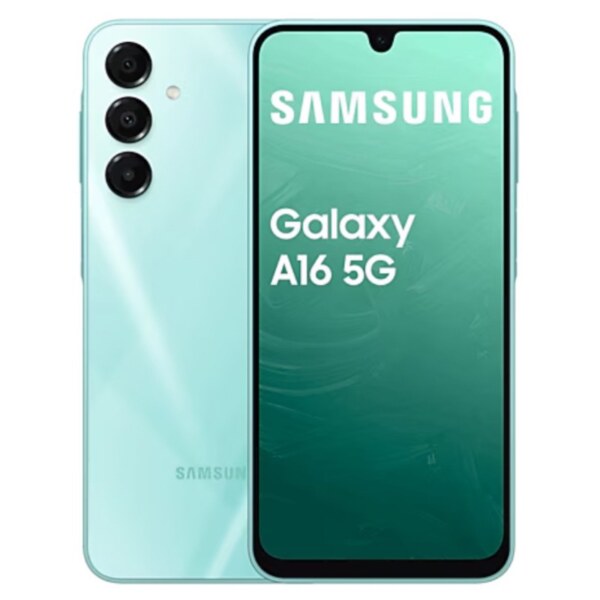Samsung’s budget smartphone game has been going strong and as the year ends, the brand isn’t giving up on the launches in the segment, with the latest one being the Galaxy A16 5G. Here’s a detailed review of the Samsung Galaxy A16 5G, priced starting at Rs 18,999, to help you make a decision regarding whether you should buy it over the competition or not.
Design & Display
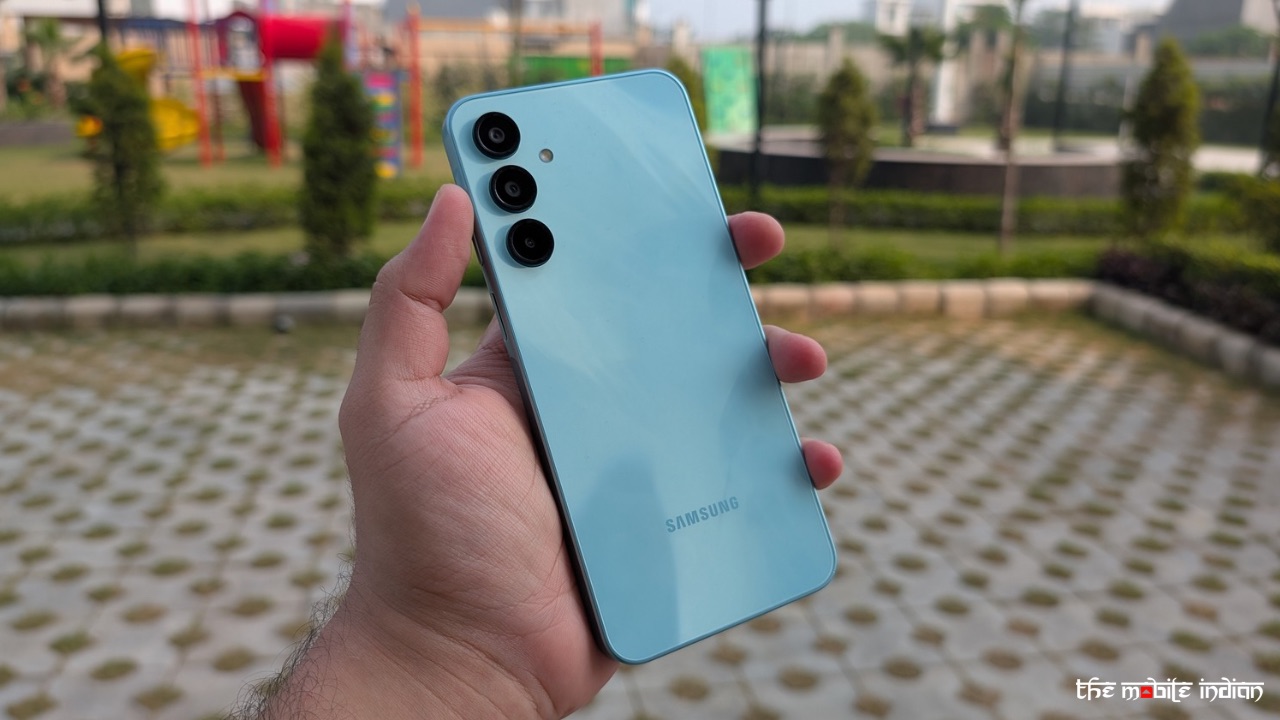
Samsung’s design language has remained similar for the past couple of years, and the Galaxy A16 5G is no different. In terms of design, it’s highly similar to that of the Galaxy A15 5G, with the same key island on the right housing the power and volume buttons, a flat plastic frame, and a water drop notch on the front.
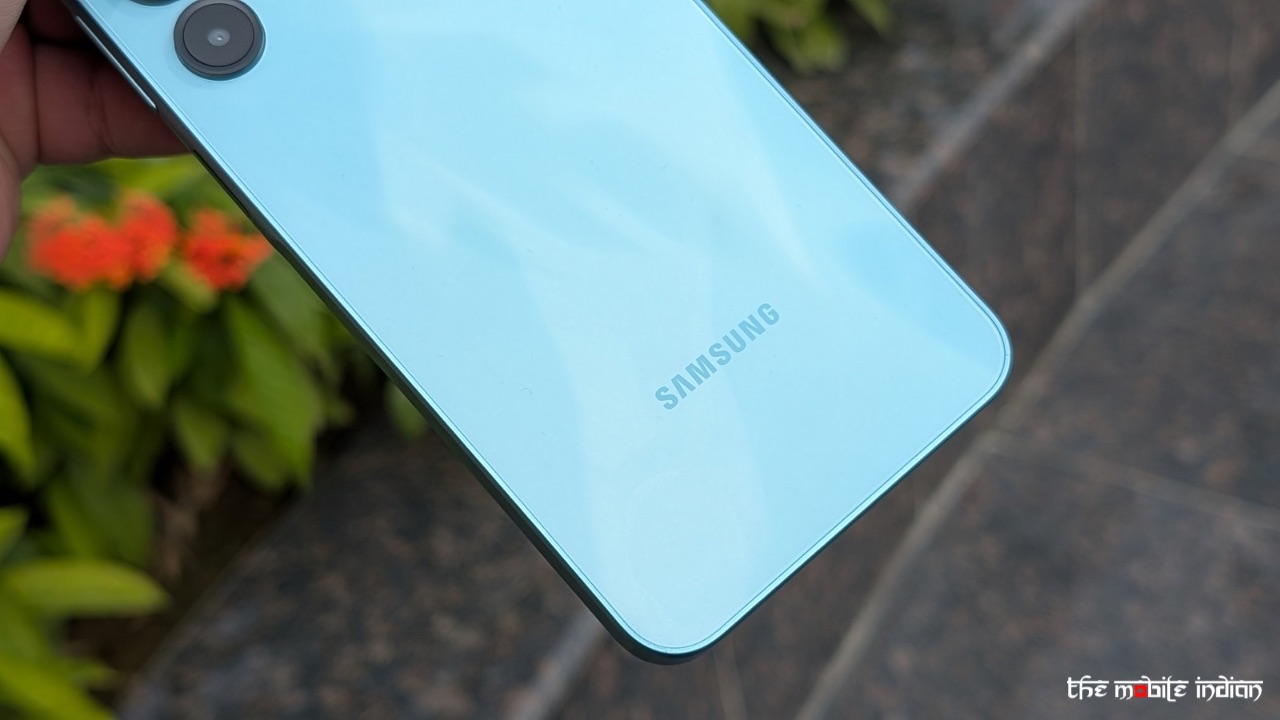
However, the in-hand feel is decent, and the device feels lightweight and premium despite having a plastic frame and back panel, but that doesn’t take away its low points. It’s high time Samsung refreshed its design language and went beyond just changing the colours with each iteration of its devices.
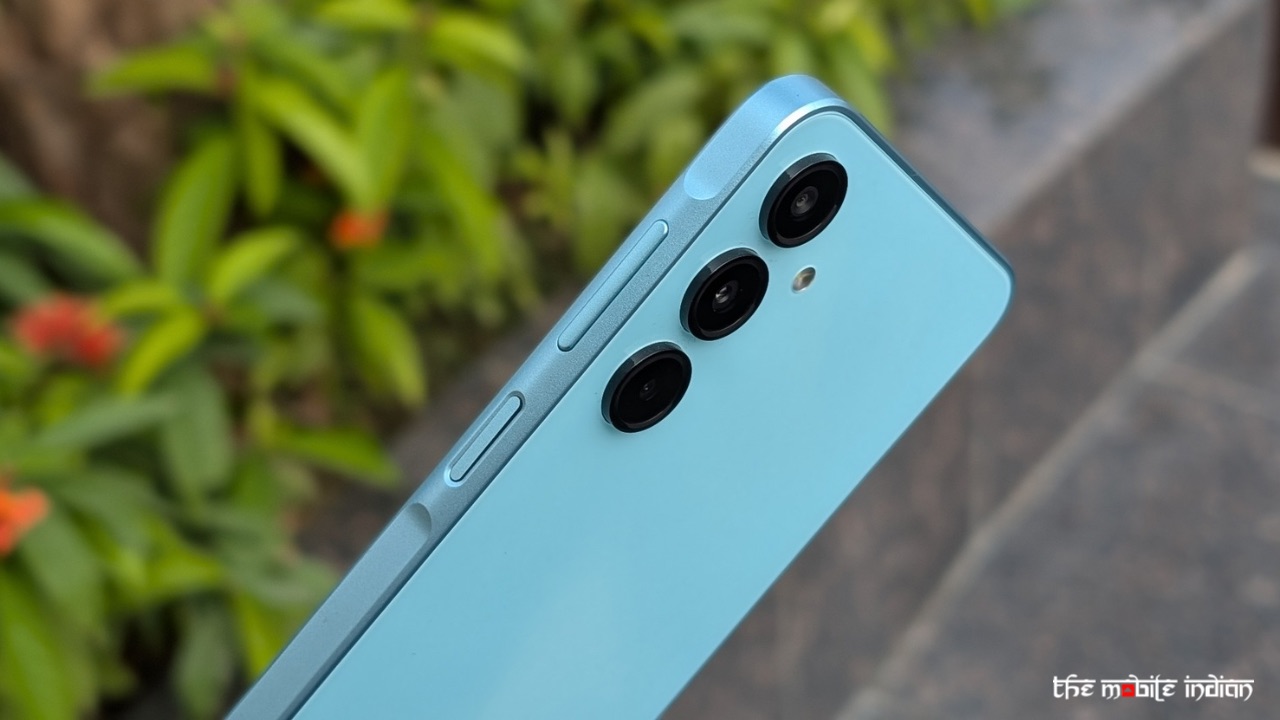
There’s a single speaker at the bottom that sounds average. It’s not the loudest, but it is clear and maintains a good quality of vocals. The fingerprint sensor on the right spine works as it should without any issues. The build quality seems decent overall, while the in-hand grip is also good due to the flat sides.
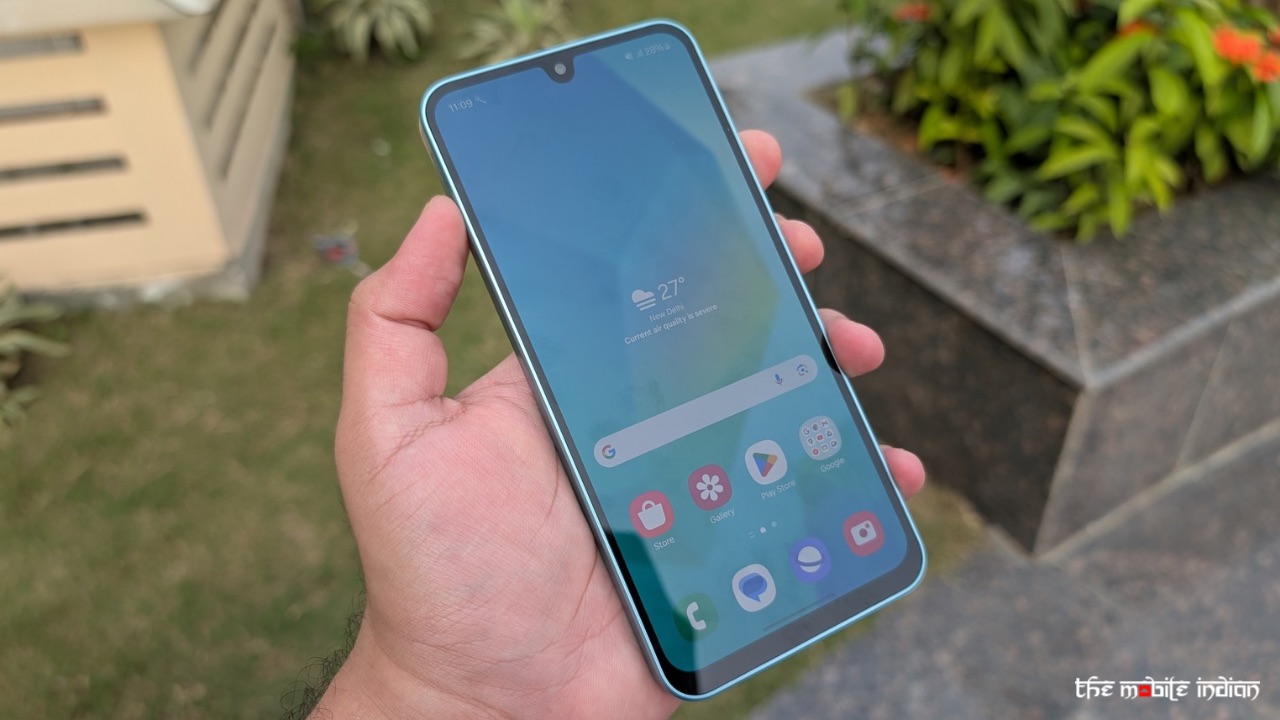
Coming to the front, the water drop notch should have been completely ditched by now, and let’s not get started on the gigantic chin at the bottom. Brands like Realme, Xiaomi, iQOO, and Lava have done a great job refining their designs, especially on the front, but Samsung, for some reason, doesn’t feel like doing so.
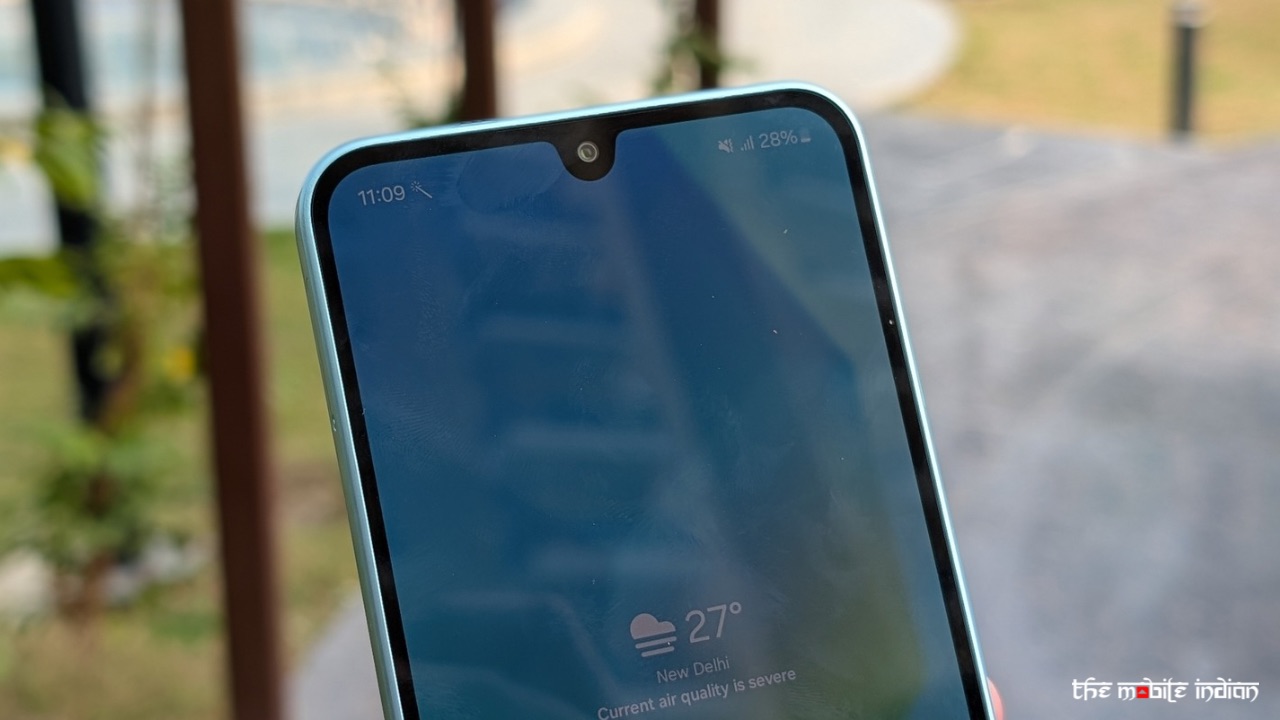
The display quality itself is quite bright, with vibrant colours and high responsiveness. The viewing angles look great, and the content looks sharp. However, Samsung has capped the Refresh Rate at 90Hz, which is again not acceptable considering most other devices at this price point have a 120Hz refresh rate.
Overall, this 6.7-inch full-HD+ (2,340 x 1,080 pixels) Super AMOLED Display is a treat to watch and interact with content, but the 90Hz refresh rate is disappointing.
Software and Performance
In India, the Galaxy A16 5G is powered by the MediaTek Dimensity 6300 processor, paired with 8GB RAM and up to 256GB storage. However, internationally, the device gets the Exynos 1330 processor.
The performance of the Galaxy A16 5G in daily use is above average, as I could experience some stutters across the user interface while opening apps and when multiple apps were open in the background. In other words, the device struggled when I was pushing it to its limits.
RAM management was decent, as multiple apps could stay in the memory easily. Gaming isn’t the device’s forte, except for casual titles such as Bullet Echo, which work nicely.
I also didn’t have any issues with the handset’s network quality, including Wi-Fi, 5G, and Bluetooth performance.
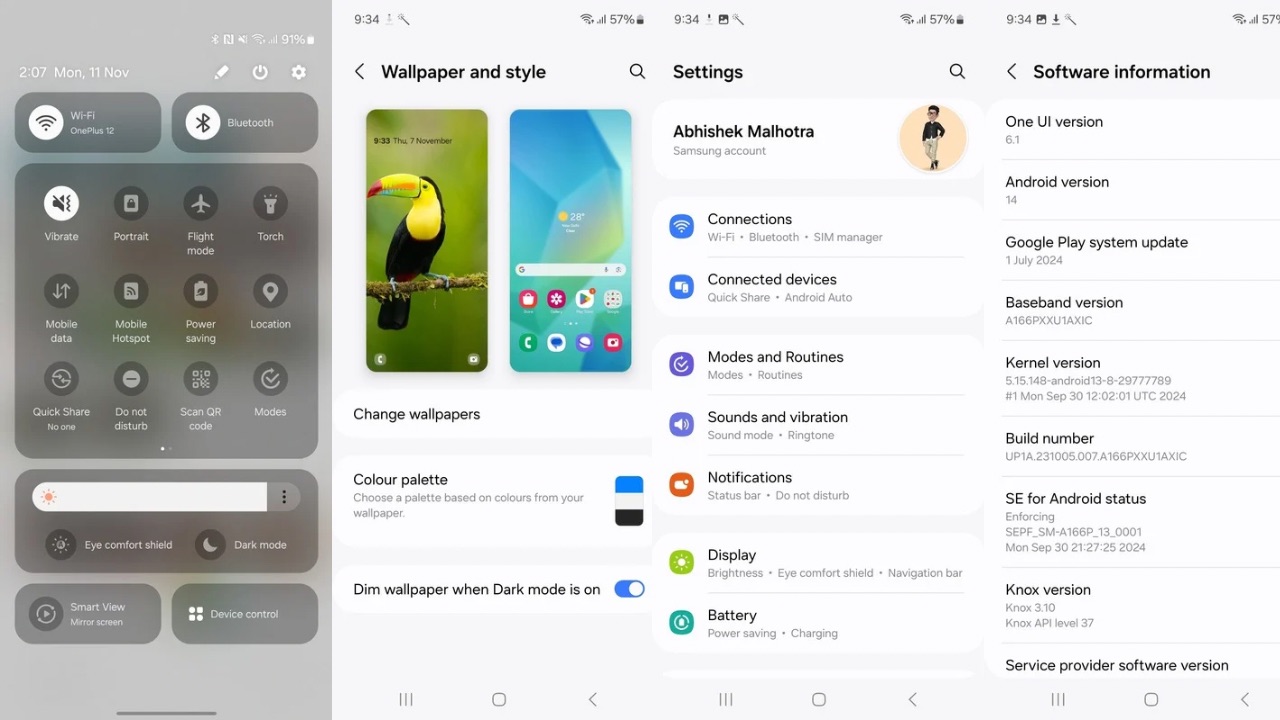
Talking of the software, this is where Samsung decided to go all in. Not only does the device come preloaded with One UI 6.1 based on Android 14, which is the latest Samsung has to offer, but the brand decided to provide updates for the device for 6 years.
Notably, the six years of updates will include security patches and major Android OS updates, which means you should receive updates until One UI 12 based on Android 20 (if that’s what it is going to be called).
Moreover, 6 years of updates means you are getting only a year less of updates compared to what Samsung provides to its Galaxy S and Z-series flagships, and that’s the best part, as no other brand does that in this price range.
One UI 6.1 feels quite polished on the Galaxy A16 5G, and I didn’t encounter any bugs while using the device. The device has a number of features, including Themes, a Secure Folder, an Auto blocker, Samsung Pass, Motions and Gestures, a Multi-Window, Side button customisation, and much more.
There’s a notable omission, though, and that’s Always-on display support, despite the hardware supporting it as it’s a Super AMOLED panel. We don’t know why Samsung didn’t include the feature, but we could guess it could be for better battery backup.
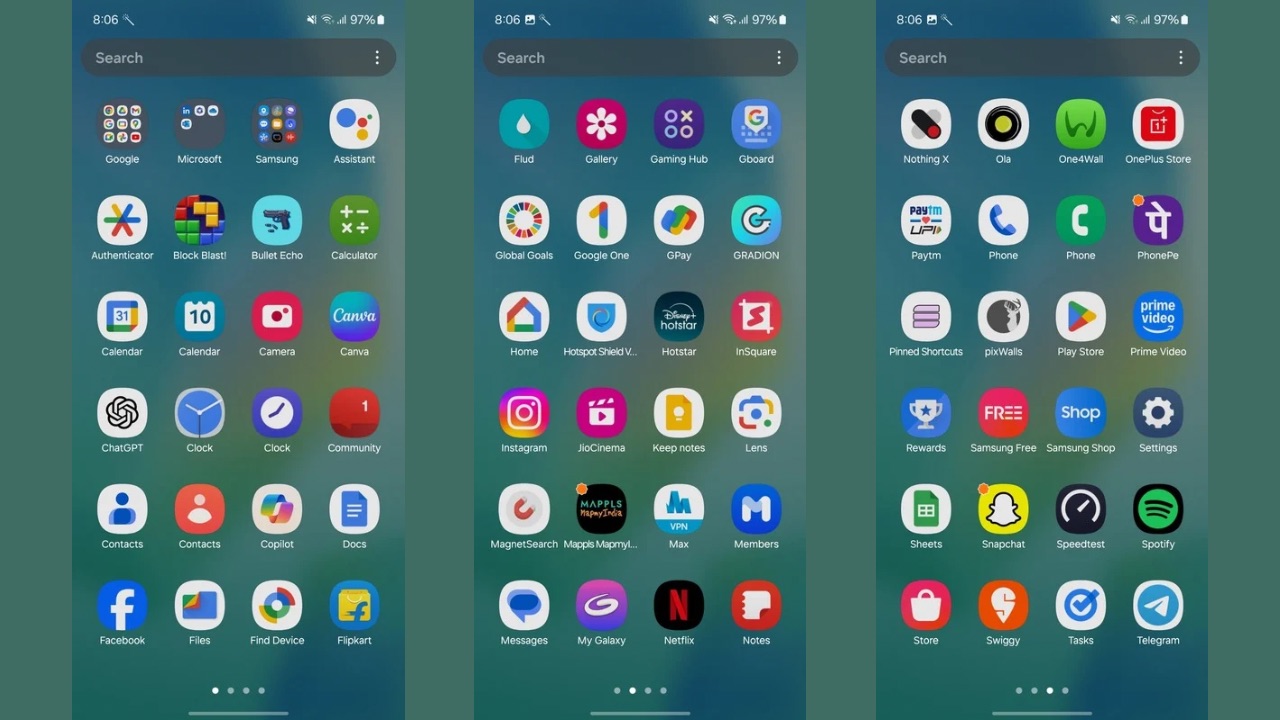
Further, there’s some bloatware present, such as Block Blast, MapmyIndia, Truecaller, Snapchat, and more. However, these can be disabled at the user’s discretion.
Battery
The device packs a 5000mAh battery with 25W fast wired charging support. During normal use, which included tasks like scrolling through Instagram, chatting on WhatsApp and Telegram, playing music, watching videos on YouTube, and some calling and browsing on Chrome, the device easily lasted me a full day. It gave me about 7 hours of screen-on time, and there was still some juice left, which is impressive.
The charging time isn’t impressive, though. The device took close to 1h 30m to charge from 0 to 100%, and most brands can do better than that in this price range. Some offer even 66W wired charging speeds that can perform the same charging cycle in less than an hour.
Cameras
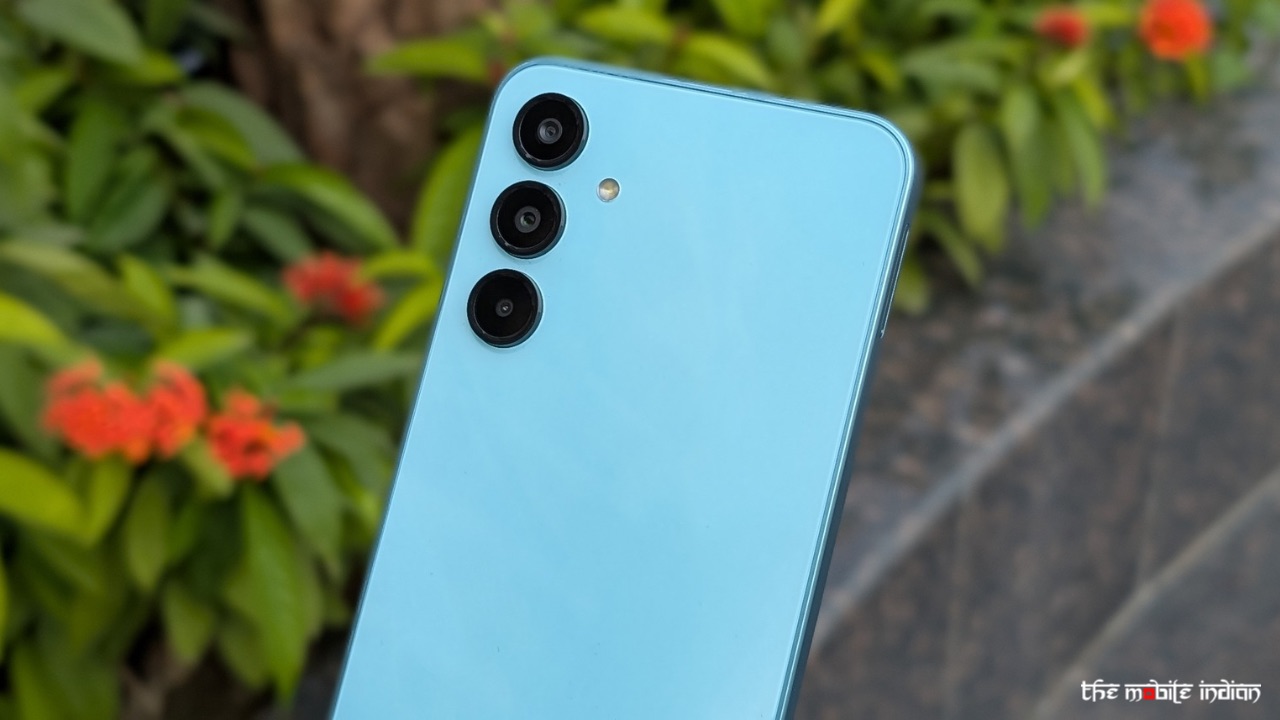
The triple camera setup on the back of the Samsung Galaxy A16 5G comprises a 50-megapixel primary sensor with 10x magnification, a 5-megapixel ultra-wide angle lens, and a 2-megapixel camera with a macro sensor. The front camera has a 13-megapixel sensor.
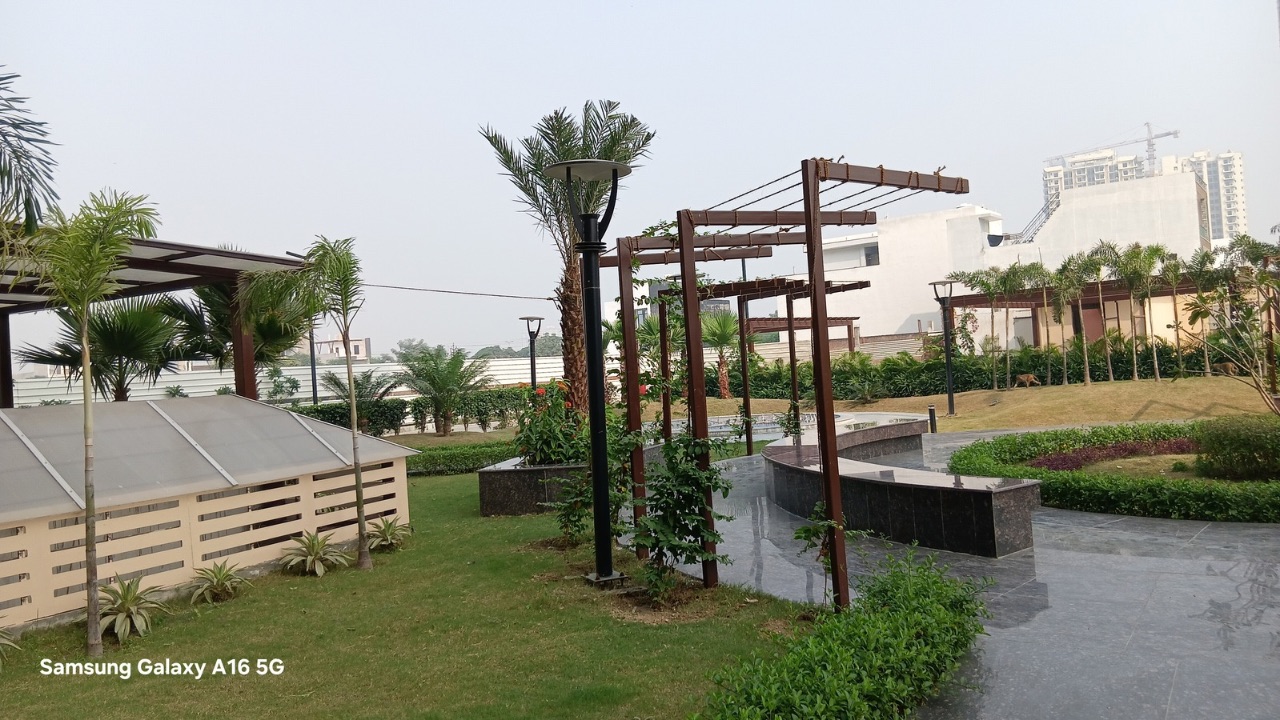
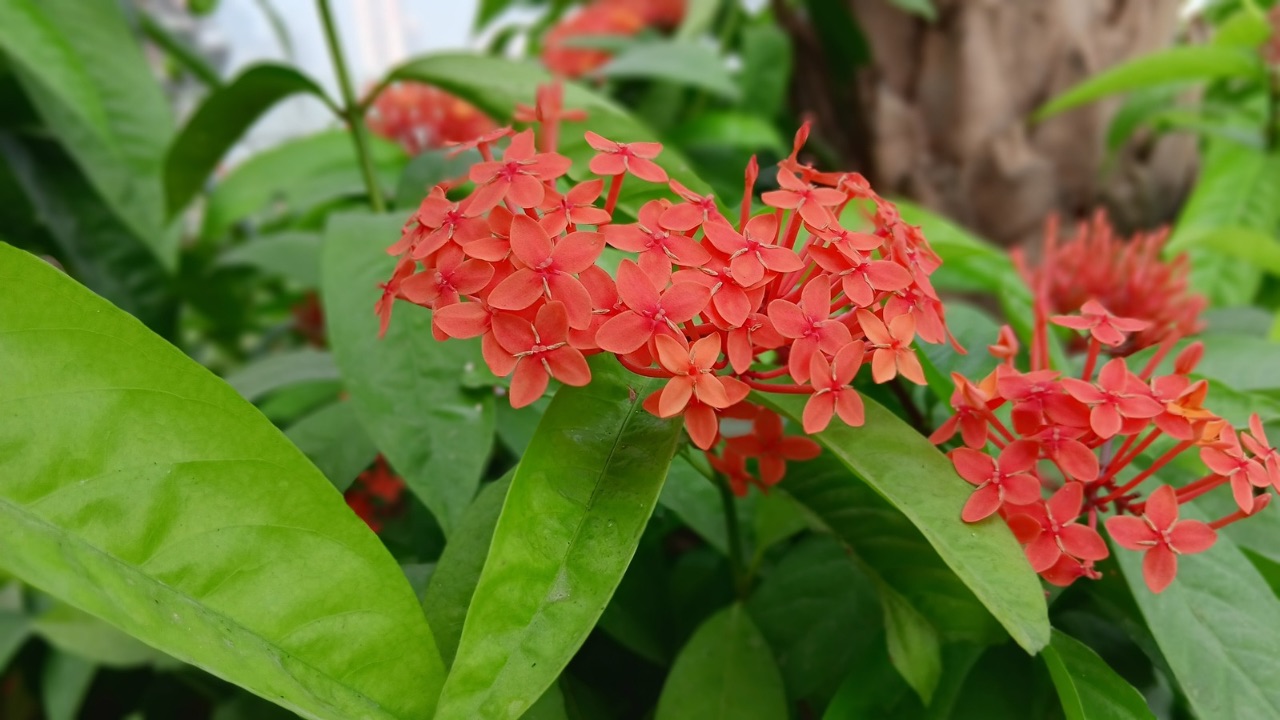
The outdoor shots from the Galaxy A16 5G come out to be decent in terms of colour accuracy and detailing. While the photos may lose sharpness if you go Pixel peeping by zooming in post shooting the photo, the overall shot looks good with acceptable dynamic range as well.
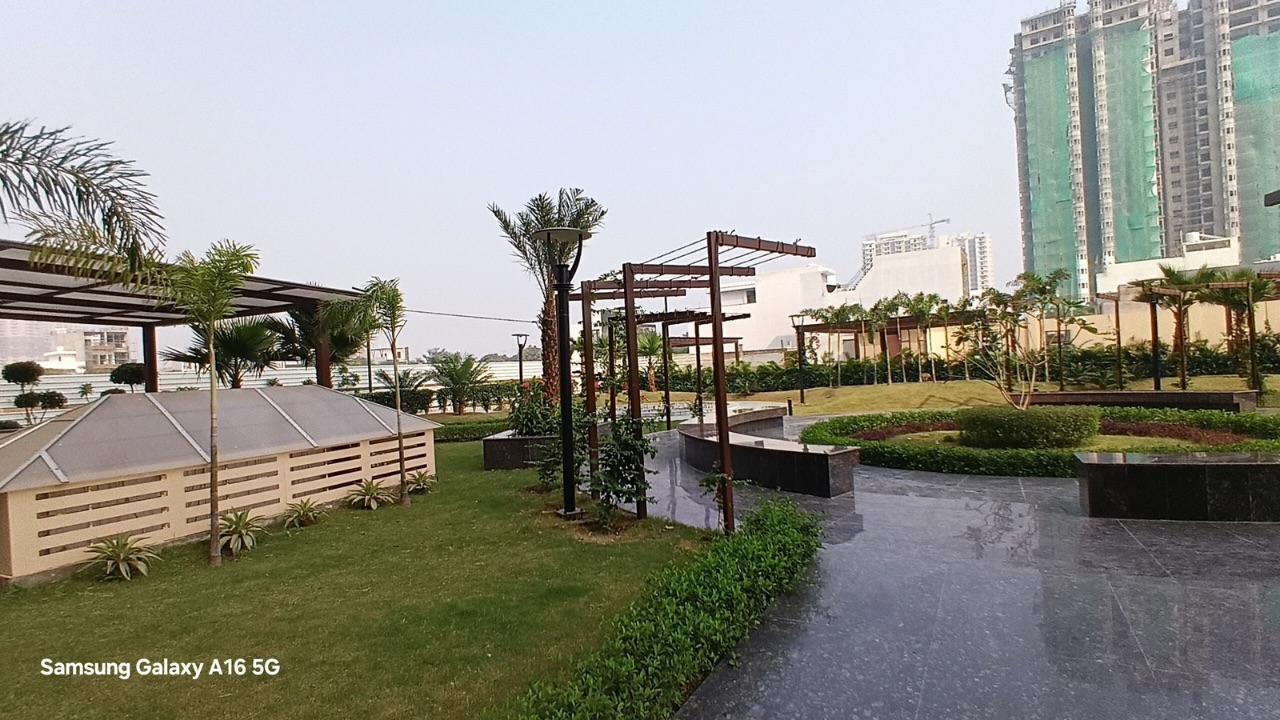
There’s a slight colour shift in ultra-wide angle photos over the shots from the main sensor, but it’s hardly noticeable unless you specifically look for it. The detailing might not be the best but the colour accuracy and the way EDGE distortion is handled is commendable for the price.

I wish I could appreciate the portrait shots also, but I can’t as much because the edge detection of subjects is quite poor, be it a human subject or anything else. While the colours and the bokeh are well handled, it’s the edge detection that puts me off with portraits of the Galaxy A16 5G.
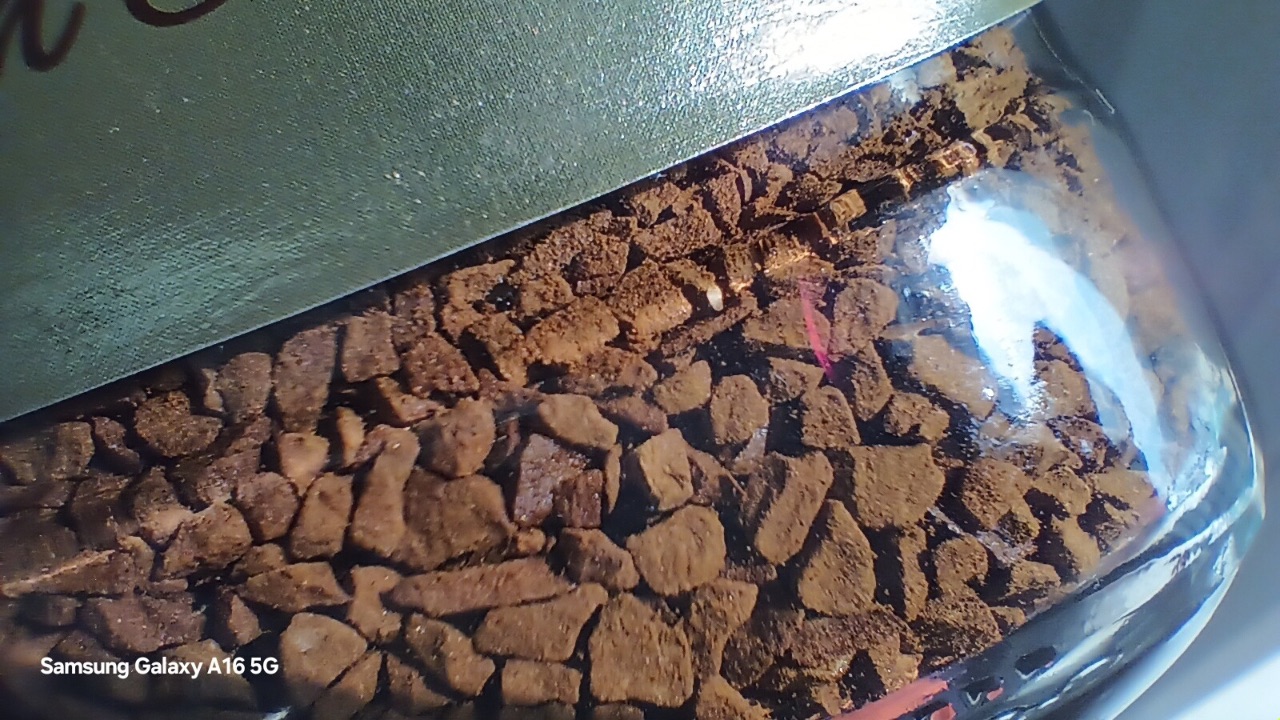
The macro shots from the 5MP sensor look surprisingly good. The details and sharpness of the shot are maintained and so are the colours.

Selfies from the front sensor are straight-up disappointing. The colours look faded, the exposure can be a toss if the background behind the subject is too bright, and the detailing isn’t quite high either.
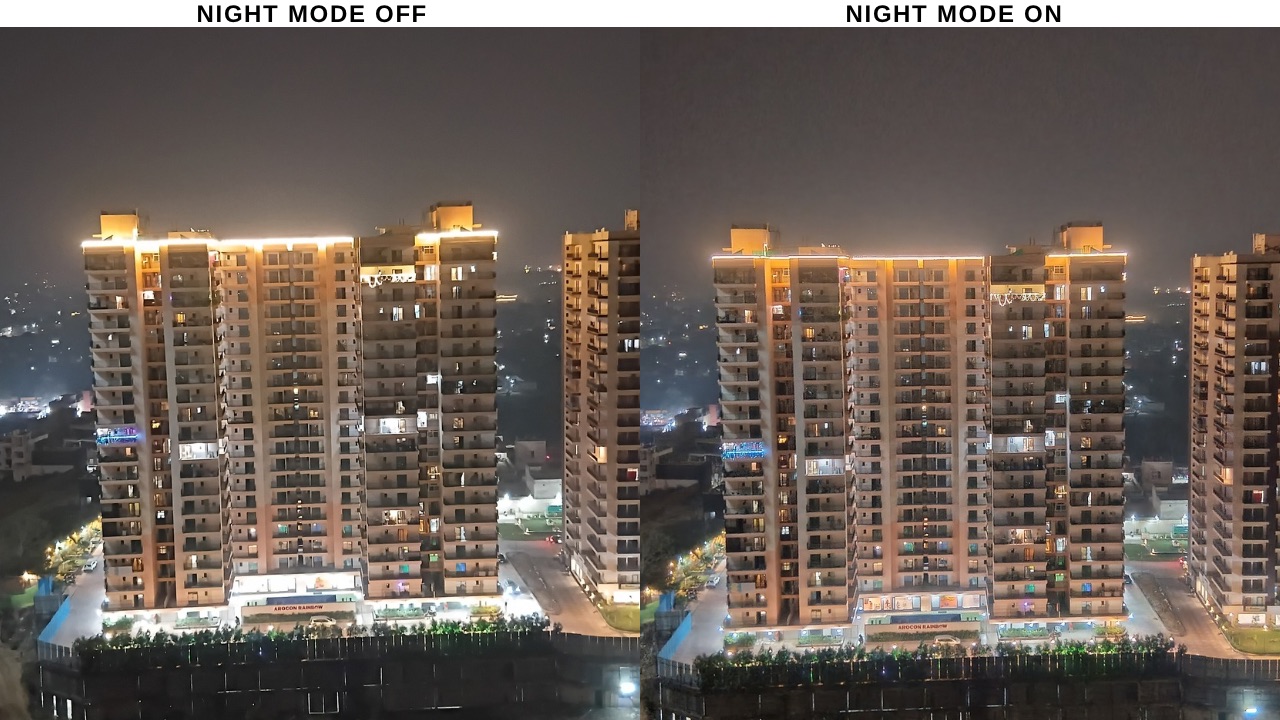
As for low-light shots, once you turn on night mode, the exposure is balanced nicely, and the dynamic range shoots up for quite a nice and unexpected shot. Again, you might notice smudges if you zoom in, but without them, it makes for an appealing shot.
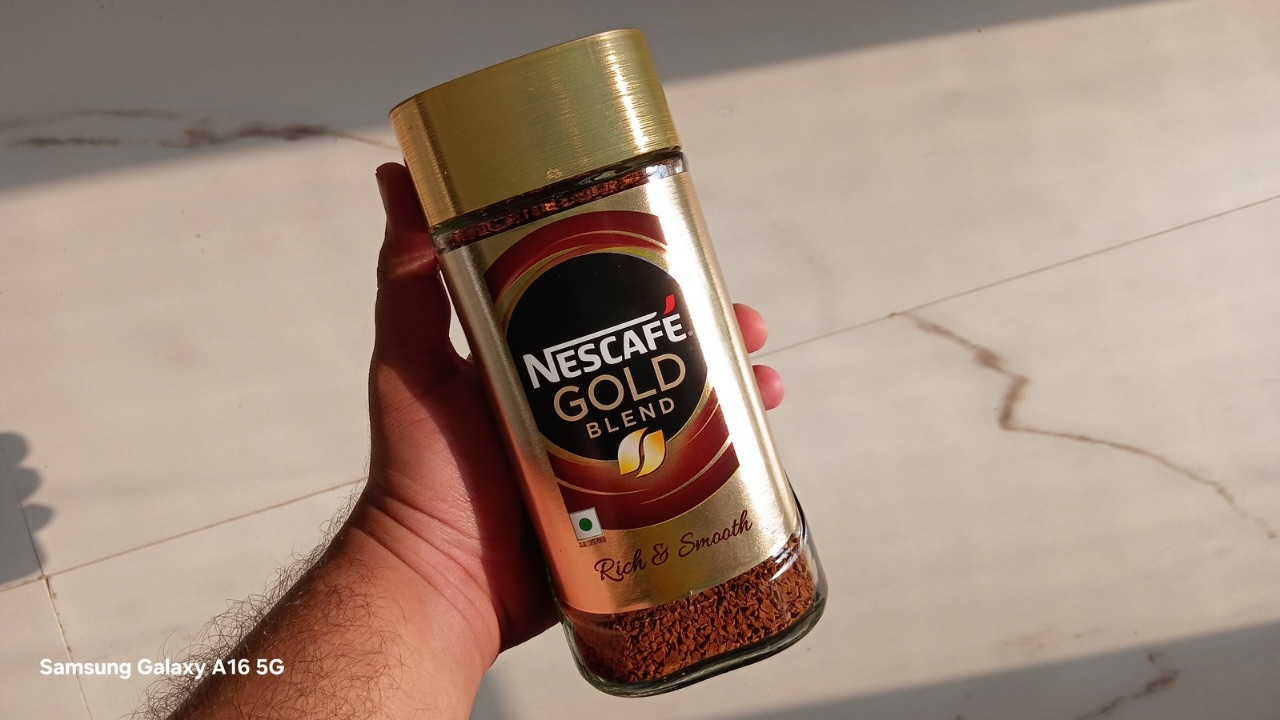
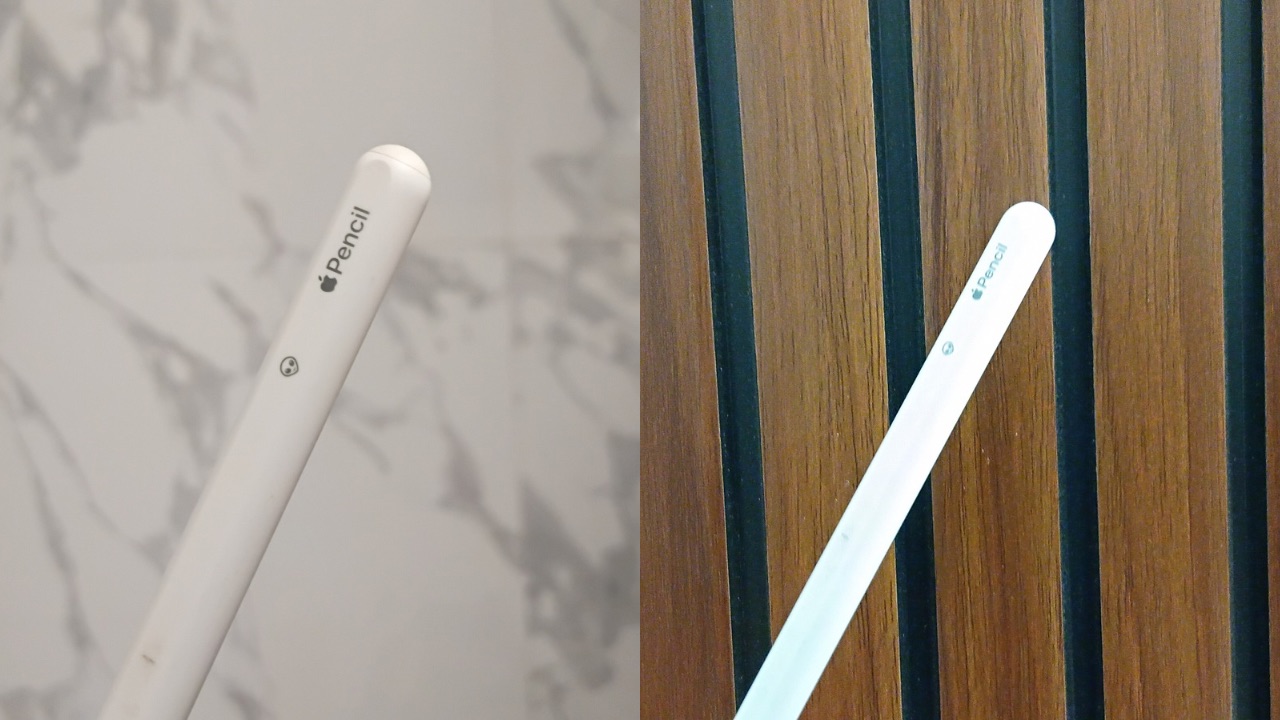
In artificial lighting, the exposure might not be handled properly, as the colours might blow up at times, leading to the appearance of some noise.


